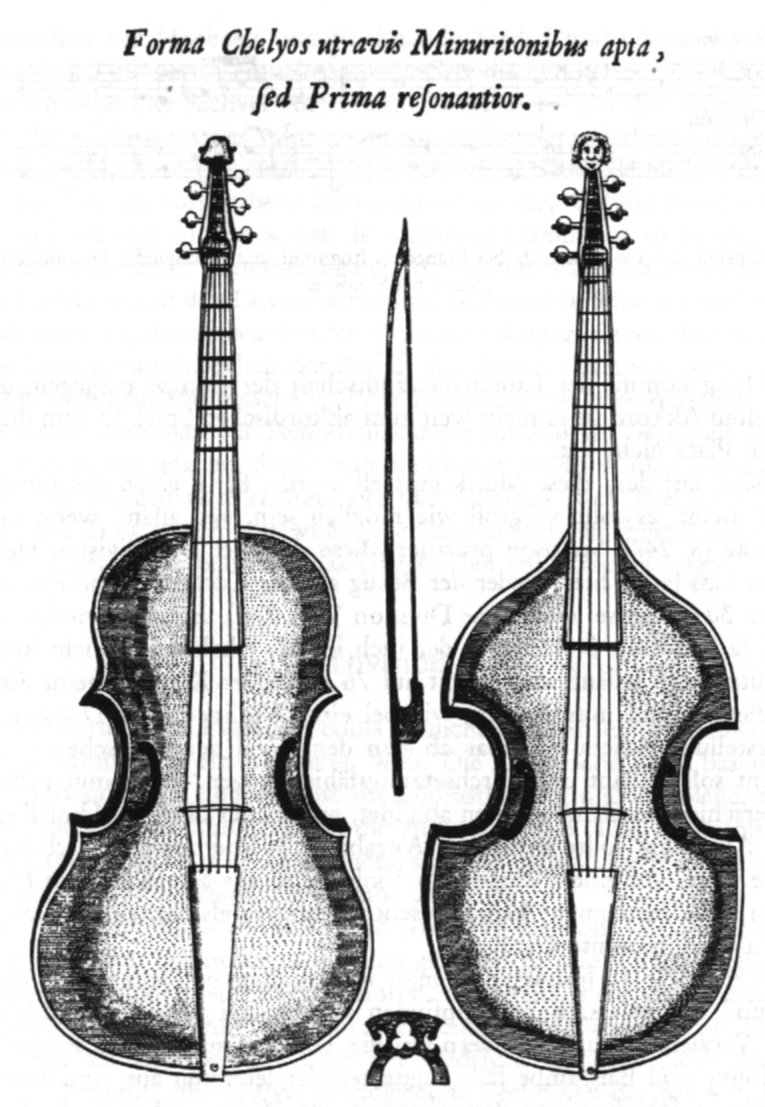The Viola da gamba Family
AB: Curvature of the bridge for a six-string bass viol
CD: Curvature of the fingerboarg at its lower end
EF: curvature of the fingerboard at the nut (upper end)
Christopher Simpson was renowned as a virtuoso of the first rank, an excellent teacher and a composer of merit. His advice, presented in his treatise on viol-playing, "The Division Violist" (1659 and 1667) seems succint, sound and very straight forward. He admonishes viol makers to take heed of his advice in setting up the instrument, since the player, not the maker, would then have to cope with the instrument, once finished...! The curves of the bridge and fingerboard must match precisely one another in order to insure the playability of the instrument. (Properly scaled, the distance between A and B is precisely 10 cm. in the original: may our contemporary makers take notice hereof!)
 |
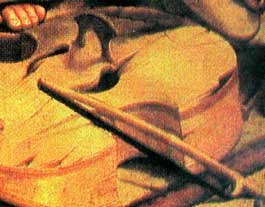 |
|
Bridge on the earliest known depiction
of a viola da gamba (ca. 1475) |
Raffaello: detail of bridge and bow
on a Renaissance viol |
 |
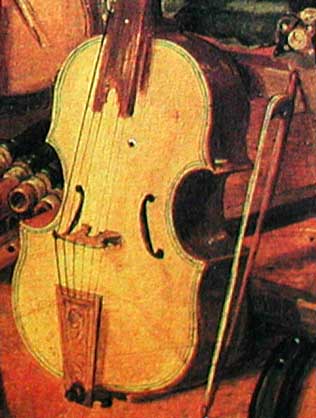 |
Pieter Breughel (Prado, Madrid, ca. 1618): Bridges on two tenor violas da gamba
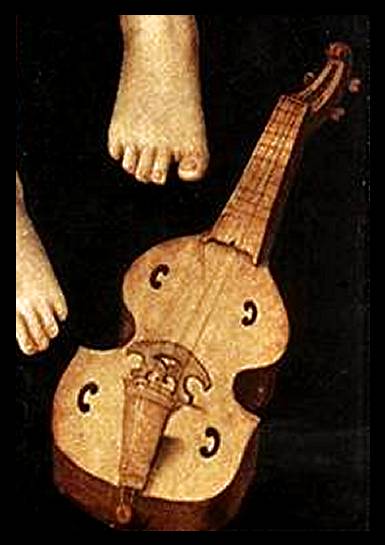
Hans Baldung Grien, Alsace, 1539
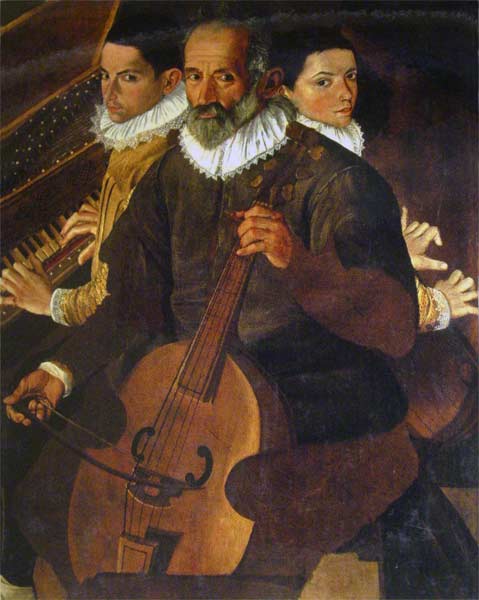
Floriani Benedetto, 1568
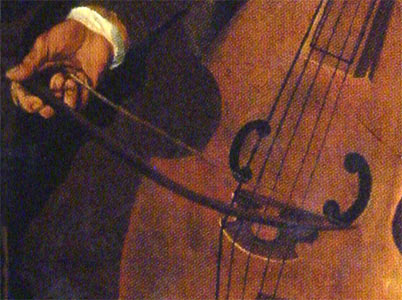
 |
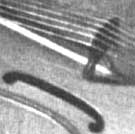 |
|
Bridges on a treble viol, France, ca. 1700 |
Bridges on a bass viola da gamba, France, 18. c. |
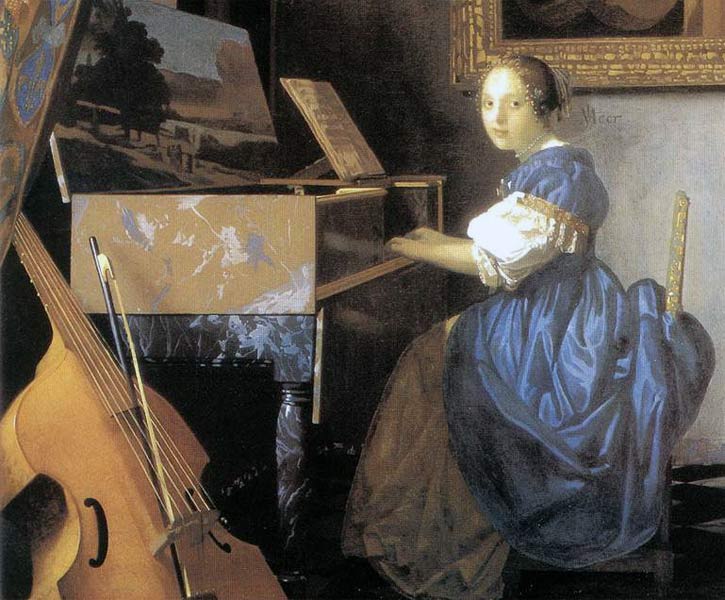
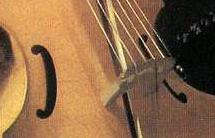 |
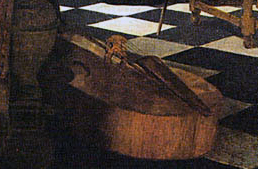 |
|
Two bridges: Jan
|
Vermeer (Dutch, 17th C.) |
| The following show bridges in various countries, from the 17th and 18th C. Note the thinness of the wood, the wide spacing of the strings, the curvature of the bridge. |
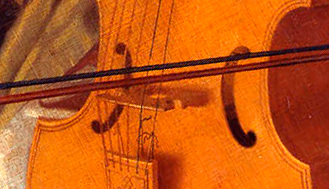
Kerseboom (1683) English viola da gamba
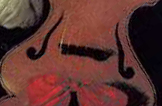
Muscher
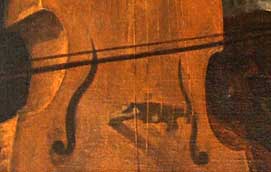
Gerard vna Kuijl: Dutch viola da gamba

Buxtehude, performing on a viola da gamba (Hamburg, ca. 1700)
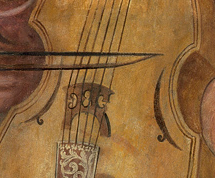
Viola da gamba by Tielke, ca. 1700
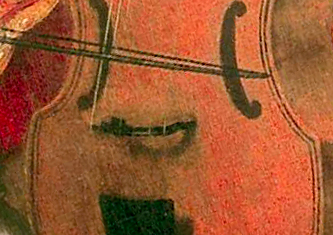
Maximillian von Bayern (18th C.)
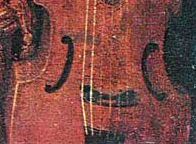
Blois: Marin Marais ca. 1680
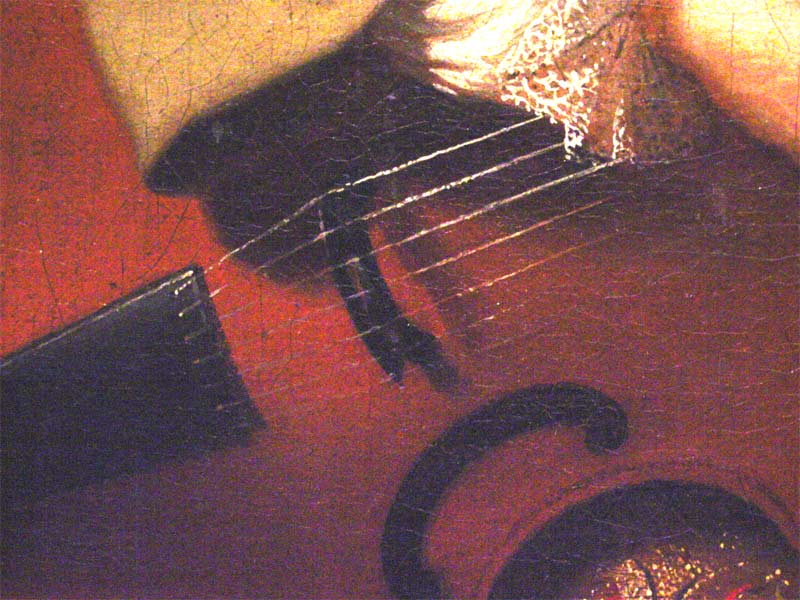
Bouys: Marin Marais
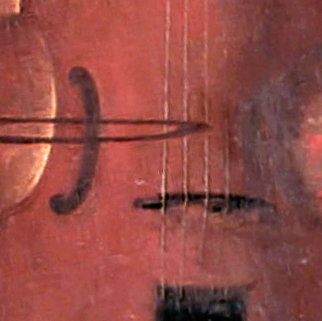
Mme Henriette de France
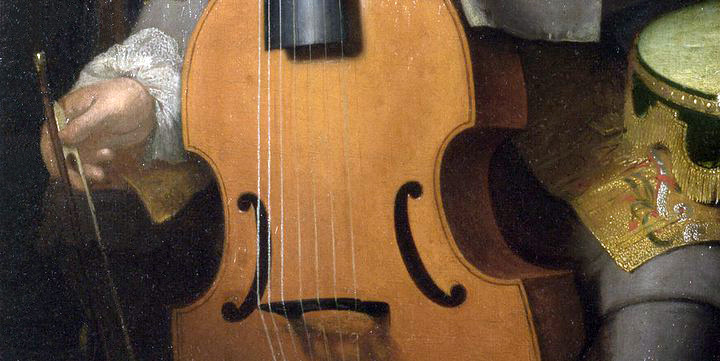
Antoine Forqueray (with the Hotteterre brothers on flute and Blavet turning pages):
The bridge is thin, the shadows show that it is on high legs, well cut out, the string spacing very wide, the outermost strings on the edge.
The placement of the bridge is at the bottom edge of the C-holes.
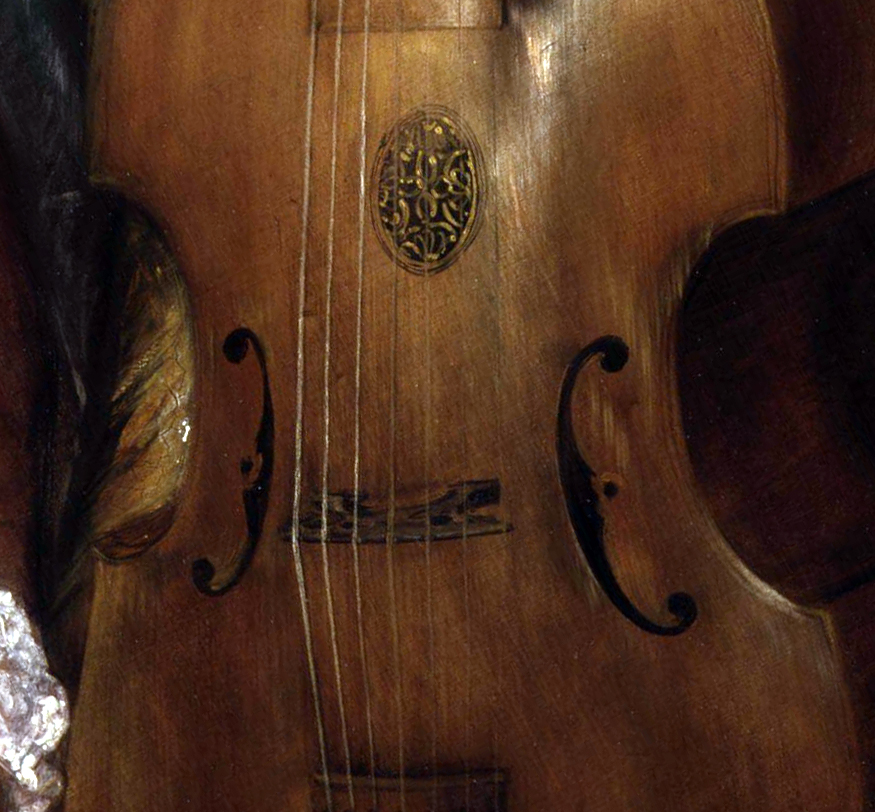
Carl Friedrich Abel (18th C.)
(Text and many photos will be supplied at a later date)
The Viola da gamba in Italy
The Viola da gamba in England
The Viola da gamba in Austria
The Viola da gamba in Germany
The Viola da gamba in France
THE VIOLA DA GAMBA: RESOURCES INDEX
words of wisdom | shapes of viols
updated
